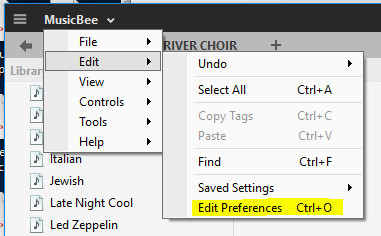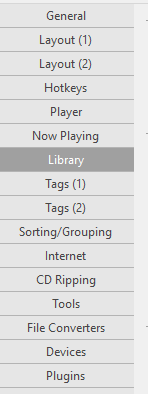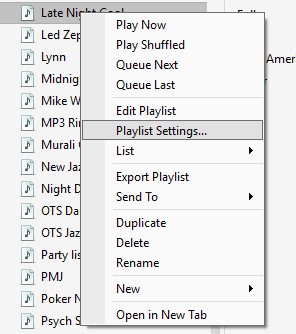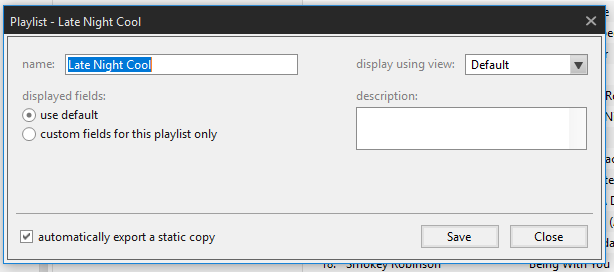The M3U playlist standard is a wonderful way to create lists of your favorite music to play on your mp3 device. However, it gets maddening when you have multiple devices sharing the same mp3 library. Why don’t all devices use a standard way to implement the playlist?
Here is what I am referring to:
I use Winamp to create and edit playlists on a Windows 7 machine. The mp3 files are all stored on a NAS server mapped to drive M on the Windows machine. This server is also host to Logitech Squeezebox Server, and is UPnP which provides the interface for my Sonos devices. Added to that I own a Cadillac with a CUE system that uses an exact copy of my mp3 directory on the NAS server but it is stored on a flash drive. Each system (Squeezebox, Sonos, CUE and Winamp) has their own requirements for the pathname in the m3u playlists.
To specify,
Winamp prefixes everything with “M:\” where M: is the Windows drive letter mapped to the NAS music directory.
Squeezebox requires the path to have the “M:\” replaced with file:///media/Music/ and all the “\”s replaced with “/”.
Sonos requires the “M:\” to be replaced with “\”.
CUE requires the “M:\” to be replaced with “.\”
Very tedious to edit copies of all the playlist files just to be able to use the same playlists for each player.
Is there an easier solution to all of this nonsense? I apologize if this has been covered in another forum post.
Managing m3u playlists and multiple players
This topic has been closed for further comments. You can use the search bar to find a similar topic, or create a new one by clicking Create Topic at the top of the page.
Enter your E-mail address. We'll send you an e-mail with instructions to reset your password.






